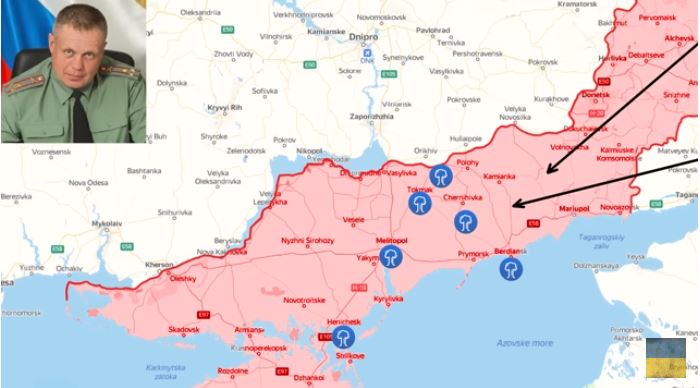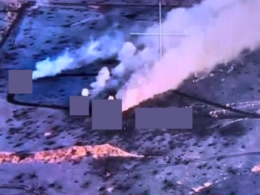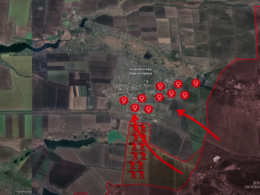Russian strikes have reached the border with Romania. In an audacious move to cripple the last operational Ukrainian harbors, the Russian Air Force targeted infrastructure located just 200 meters from Romanian territory. According to the Ukrainian General Staff, numerous critical infrastructure objects were damaged, including several hangars storing grain. This devastating attack has effectively halted grain exports, leaving ships stranded outside the harbor.
Adding to the complexity, Russian sources claim that the Ukrainians had been utilizing this harbor to launch marine reconnaissance and kamikaze drones into the Black Sea, purportedly conducting terrorist attacks on the Russian fleet in Sevastopol and the Kerch Bridge.
In a retaliatory response, the Ukrainian Air Force conducted a drone strike on the building of the Russian Ministry of Defense in Moscow. Although at least one drone successfully hit the target, the Russian defense systems deployed on rooftops near the Defense Ministry were unable to intercept any drones. The Russian Defense Ministry countered this, asserting that electronic warfare systems were deployed to neutralize the drones successfully, but it was later revealed that one of the Ukrainian drones had been diverted into a nearby skyscraper rather than neutralized.
Moreover, Crimea once again witnessed significant strikes. The Ukrainian Air Force managed to blow up the third major ammunition depot, utilizing 17 drones. While the Russian Ministry of Defense claims to have shot down all the drones, the destruction of three hangars with ammunition near Vilne and a maintenance depot in Novostepove by the Ukrainians has raised doubts about the accuracy of this assertion. These strategically located targets have disrupted one of Russia's main supply lines.
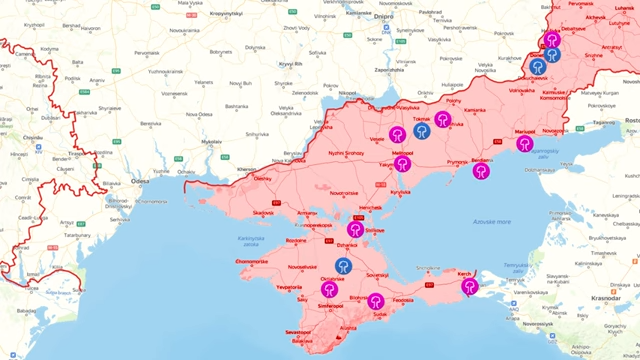
On the mainland, Ukrainian forces executed a series of strikes on Tokmak, Donetsk, and Makiivka. Geolocated footage reveals fires in Donetsk and Makiivka, indicating a successful strike on a warehouse or personnel concentration area.
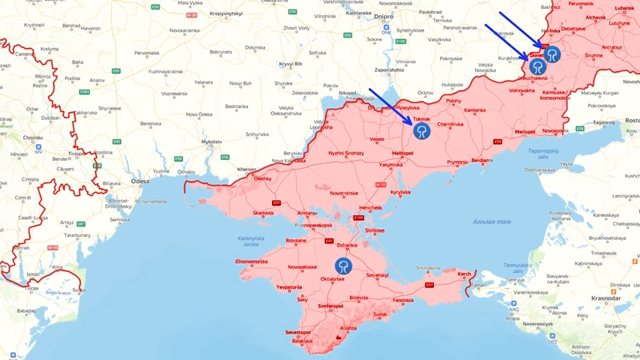
When considering these recent strikes in conjunction with previous attacks on bridges, ammunition depots in Crimea, and continuous strikes on various towns, it becomes evident that Ukrainians are gradually undermining the Russian defense by severely affecting their logistics. Moreover, Russian soldiers have reported an increase in artillery fire on the zero line, with the Ukrainians resorting to using cluster munitions.
In a bid to thwart Ukrainian plans, Russian forces have launched several offensive operations in the Luhansk region. Attempting to force Ukrainians to relocate artillery systems away from Zaporizhzhia and redeploy their infantry, Russian forces have made four attempts so far. While some advances have been made, these efforts have been largely localized and stifled by Ukrainian resistance.
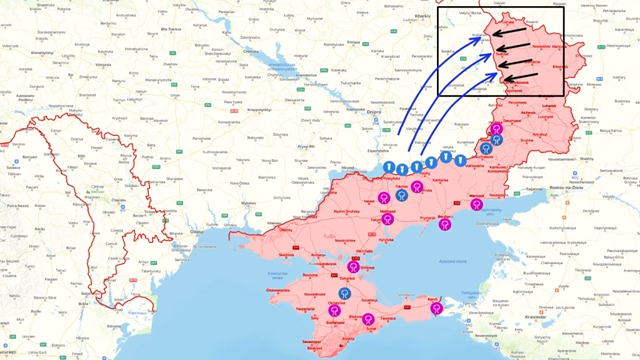
The situation remains tense, with Russians concentrating up to 100,000 troops in the Luhansk region. However, the Eastern Group of Forces' Spokesman reports that Ukrainian fighters have managed to repel these attempts to collapse the front line and have successfully contained the Russian forces, allowing them to focus on their counteroffensive operations in the south.
Overall, the Russian defense in the region is showing signs of strain, with Ukrainians gaining ground in several directions. The developments in Orikhiv, Velyka Novosilka, and Bakhmut are particularly noteworthy. The situation continues to evolve, and tensions persist as both sides remain engaged in a fierce conflict.
In our daily frontline report
, we pair up with the military blogger Reporting from Ukraine to keep you informed about what is happening on the battlefield in the Russo-Ukrainian war.


